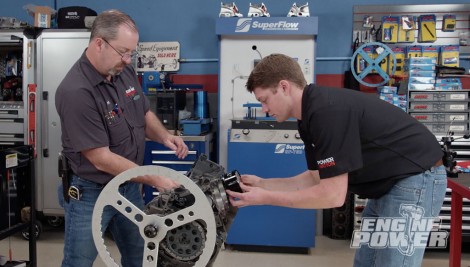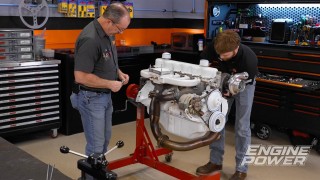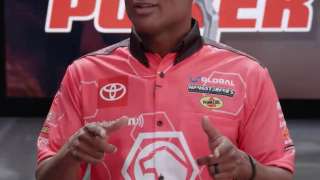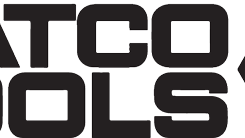Engine Power Featured Projects
Engine Power Builds
Want more content like this?
Join the PowerNation Email NewsletterParts Used In This Episode
ARP
Bolts & Fasteners
ARP
Digital Rod Bolt Stretch Gauge
ARP
Ultra Torque Fastener Lubricant
Goodson Shop Supplies
Goodson Ring Filer
Shacklett Automotive Machine
Shacklett Automotive Machine
Sunnen Products Company
Sunnen SV-15 Honing Machine
The Industrial Depot
Tools, Hardware, Shop Supplies












































